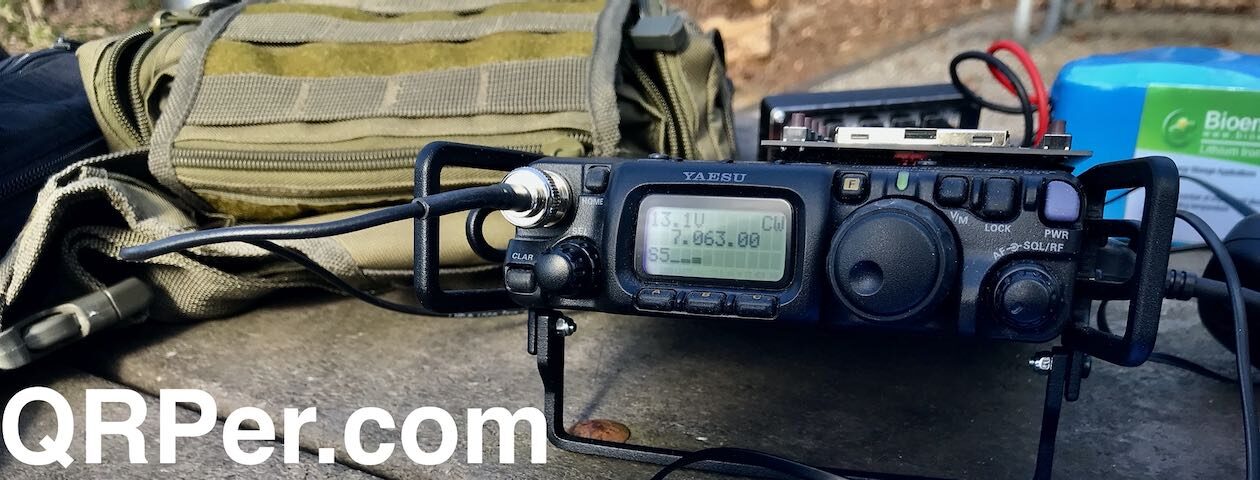 Monday, July 3, 2023, was a day absolutely chock-full of running around town. I had projects that morning to take care of, a doctor’s appointment in the afternoon, and I needed to chauffeur my daughters to/from a meet-up with friends.
Monday, July 3, 2023, was a day absolutely chock-full of running around town. I had projects that morning to take care of, a doctor’s appointment in the afternoon, and I needed to chauffeur my daughters to/from a meet-up with friends.
I didn’t even have time to properly debate if I could squeeze in an activation. Before I left home, I simply grabbed a radio backpack and put it in the car just in case. If a window of time opened, I’d be at the ready, but there was no real way to predict in advance.
Even though I always have a radio at the ready in the car, I don’t carry all of the things necessary to film activation videos. That’s where my POTA pack comes in.
Since Hamvention, I’ve been using my GoRuck GR1 as a POTA backpack. It easily holds my radio and camera gear.
During the early afternoon, I could see a very short window of POTA opportunity opening: about 30 minutes (start to finish…or set up to take-down) to complete an activation.
Blue Ridge Parkway (K-3378)
 Since time was so limited, I also chose to hit the closest predictable site: The Blue Ridge Parkway Folk Art Center. I could have easily set up at a slightly closer spot on the parkway, but if I wanted to include an activation video it would have taken longer to set up the chair, tripod, etc. Those minor details would eat up valuable on-the-air time, especially since I knew in advance that propagation was once again in the dumps (our local star has been in quite an activate state of flaring and spewing CMEs!).
Since time was so limited, I also chose to hit the closest predictable site: The Blue Ridge Parkway Folk Art Center. I could have easily set up at a slightly closer spot on the parkway, but if I wanted to include an activation video it would have taken longer to set up the chair, tripod, etc. Those minor details would eat up valuable on-the-air time, especially since I knew in advance that propagation was once again in the dumps (our local star has been in quite an activate state of flaring and spewing CMEs!).
So that I wouldn’t have to do an introduction once I arrived on-site, I started the activation video in the car as I was driving on the Blue Ridge Parkway. In the video, you’ll see the full set-up, activation, and pack-up. Continue reading Nail-Biter of a Quickie POTA Activation on the Blue Ridge Parkway!

















































